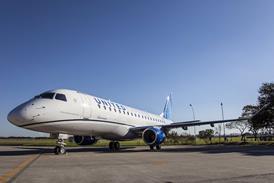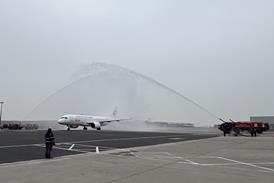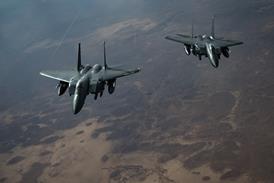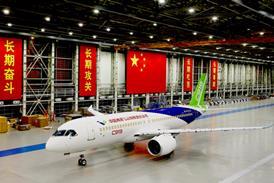New very light jets (VLJ) and business jets in Europe will be subject to a basic level of certification plus requirements tailored to the aircraft's performance, according to the European Aviation Safety Agency. Aircraft like the Eclipse 500 VLJ twinjet, which is in a market sector close to that presently occupied by twin turboprop aircraft like the Beech King Air series, has a cruising altitude capability and avionics fit that differentiates it dramatically from the latter, introducing additional certification considerations, says Paul Hatton of the EASA certification directorate. He does not put a date on expected Eclipse 500 European certification, but Eclipse president Vern Raburn hopes for the third quarter of this year.
EASA says that, although it works closely with the US Federal Aviation Administration on certification and airworthiness issues, there may be a few differences between the two agencies on VLJ requirements reflecting the more congested European operating environment. These include a requirement for Mode S transponders, and more precise navigational performance despite the lack - at present - of a European-wide area augmentation system for satellite navigation, which will entail equipping with more ground-based navigation system receivers.
With regard to aircraft like the Eclipse 500 that are certificated to fly to flight level 410 (41,000ft/12,505m) even if owners choose to fly lower, Hatton points out that consideration must be given to the time taken to lose altitude in the event of sudden loss of cabin pressure, especially since the aircraft does not have spoilers. Other considerations include the requirement for sufficient backup electrical power for the sophisticated integrated avionics fit. Hatton also points out that extensive avionic integration also introduces the need for tougher checks on software and hardware integrity than would be required for systems comprised of independent instruments, although he does not foresee a need for different standby instruments than those normally provided.
Using the Eclipse 500 as an example of the considerations EASA has to take into account, Hatton says there will be no difference in the basic aircraft specification between those purchased by owner-pilots for personal use and those used for air taxi operations. There will, however, be more stringent performance standards required of air taxi operators, with higher margins required for take-off and landing distances, including increasing the margins involved in calculating corrections for contaminated runways, to guarantee the safety standards that passengers expect from commercial operators.
Source: FlightGlobal.com























